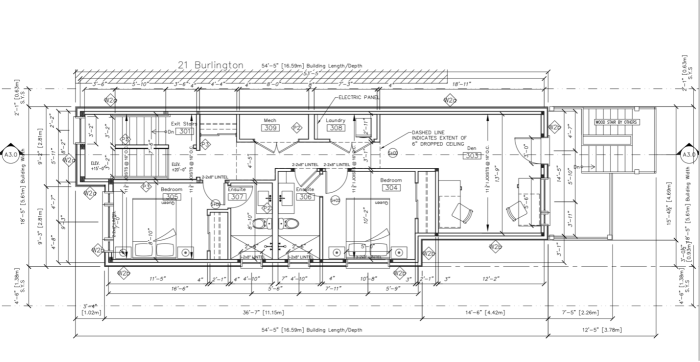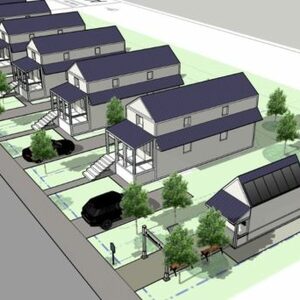
In his book Arbitrary Lines: How Zoning Broke the American City and How to Fix It, M. Nolan Gray reports that 70% of America is zoned for single-family houses. He writes, “Of all the problems that zoning causes or exacerbates, none has attracted greater attention than the cost of housing—and for good reason. In 2021 alone, home prices rose by nearly 20 percent.”
Many cities are dealing with the housing crisis by loosening zoning and permitting multiple units in previously single-family zones. In Canada, the federal government provides funding for housing, but only in cities that change their zoning to permit fourplexes. The federal minister of housing tweets, “We want cities to increase their ambition on housing, and through federal funding, we are incentivizing that change.” The city of Toronto is planning a “generational transformation” of housing policies that include “multiplex” permissions throughout the city.
New solution with broad appeal
Mike Manning of Greenbilt Homes has been dreaming of his “FlexPlex” multifamily dwelling for a decade and just completed one in a part of Toronto that permitted multifamily housing. His timing is exquisite as the entire city opens to the concept.
The FlexPlex looks like a single-family home from the street. With architecture by Paul Dowsett of Sustainable, it doesn’t look out of place in the neighborhood. However, where builders would previously buy up little post-war bungalows and build monster single-family homes, a FlexPlex build of the same square footage can accommodate up to four households. The impact of this on housing affordability and carbon footprint per capita is immense.

The FlexPlex design has four almost identical floors—actually, three floors plus a basement, which is quite high out of the ground—currently configured as two units of two floors each. The floor plans above illustrate the top floor, configured as two bedrooms,…
Weekly Newsletter
Get building science and energy efficiency advice, plus special offers, in your inbox.

This article is only available to GBA Prime Members
Sign up for a free trial and get instant access to this article as well as GBA’s complete library of premium articles and construction details.
Start Free TrialAlready a member? Log in















5 Comments
Clever, attractive, efficient and appropriate--what a nice design! I'd love to see how the other levels are arranged.
"Care was taken to ensure acoustic separation between floors, with double drywall ceilings on resilient channels and the joist space filled with acoustic batts."
This is great to hear (ha!). I will never again live below neighbors after my awful experiences in apartments. Sharing paper thin walls with other people is torture.
Lloyd,
This is great. I hope we see more variations on this theme, some incorporating separate lane-way ADUs too.
To deal with the intransigence of municipalities to up-zone, BC has given them targets and told them they must meet them or the provincial government will step in and do it on their behalf. They have already announced denser zoning around major transit links in a number of cities. It's not enough, but it's a good start.
It seems like the world is re-discovering triple deckers? https://www.reddit.com/r/Somerville/comments/18fus0b/somerville_learns_to_love_the_tripledecker_again/
Growing up in the 60s near Boston, I had lots of friends who lived in triple deckers in Dorchester and South Boston. They always seemed like a sensible and relatively affordable type of moderate density housing. They varied in footprint/unit size but most were between 900 and 1300 square feet per floor. Usually, each level had its own boiler or furnace in the basement. Typically, there were porches in the rear.
Kitchens and bathrooms were stacked and the rest of the layouts were similar. One basement, one flat roof, often a decent yard out back. They were pretty efficient structures.
Some were occupied by an extended family. Some included one or two rental units as well as the owner's unit.
Log in or become a member to post a comment.
Sign up Log in